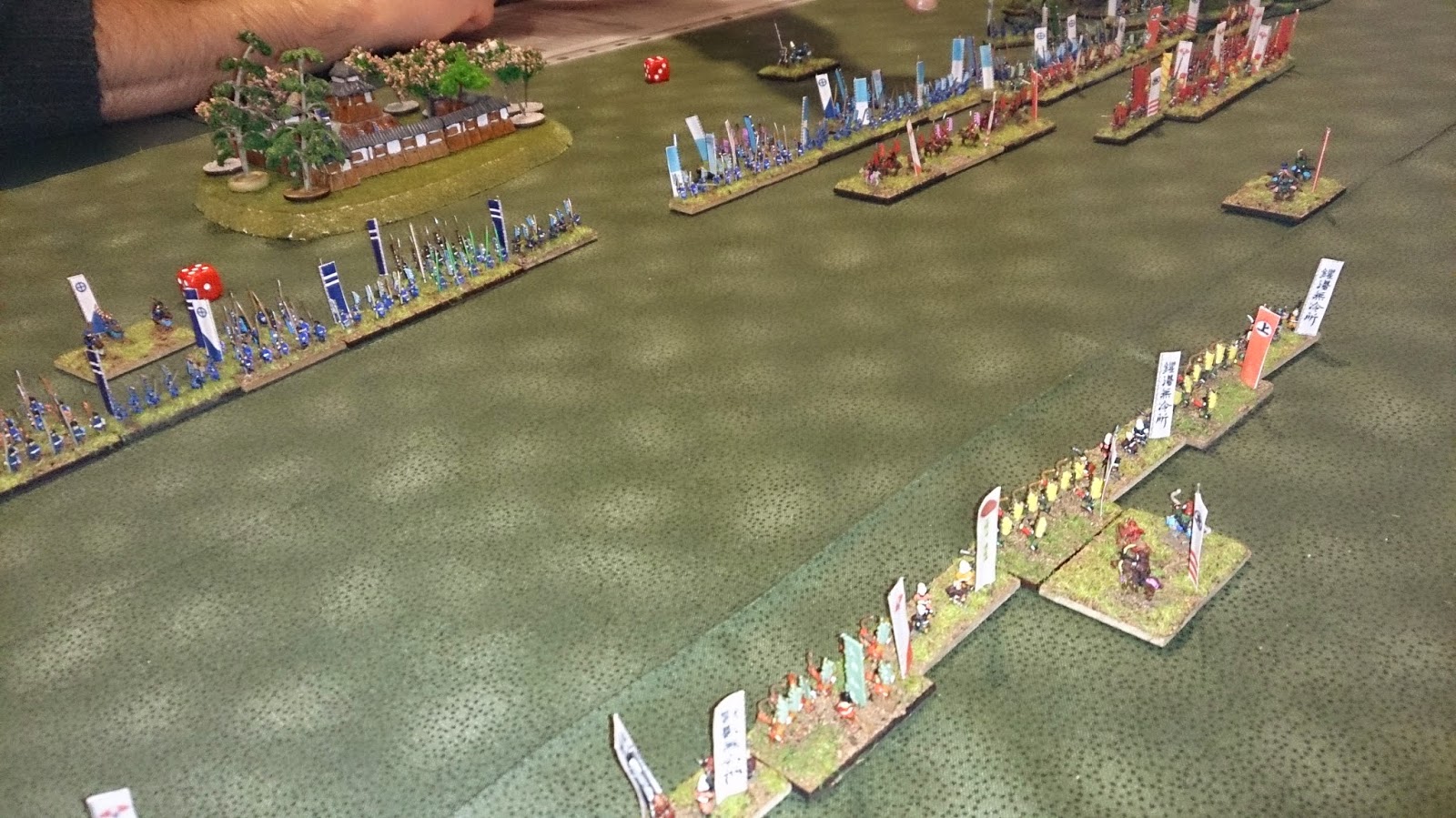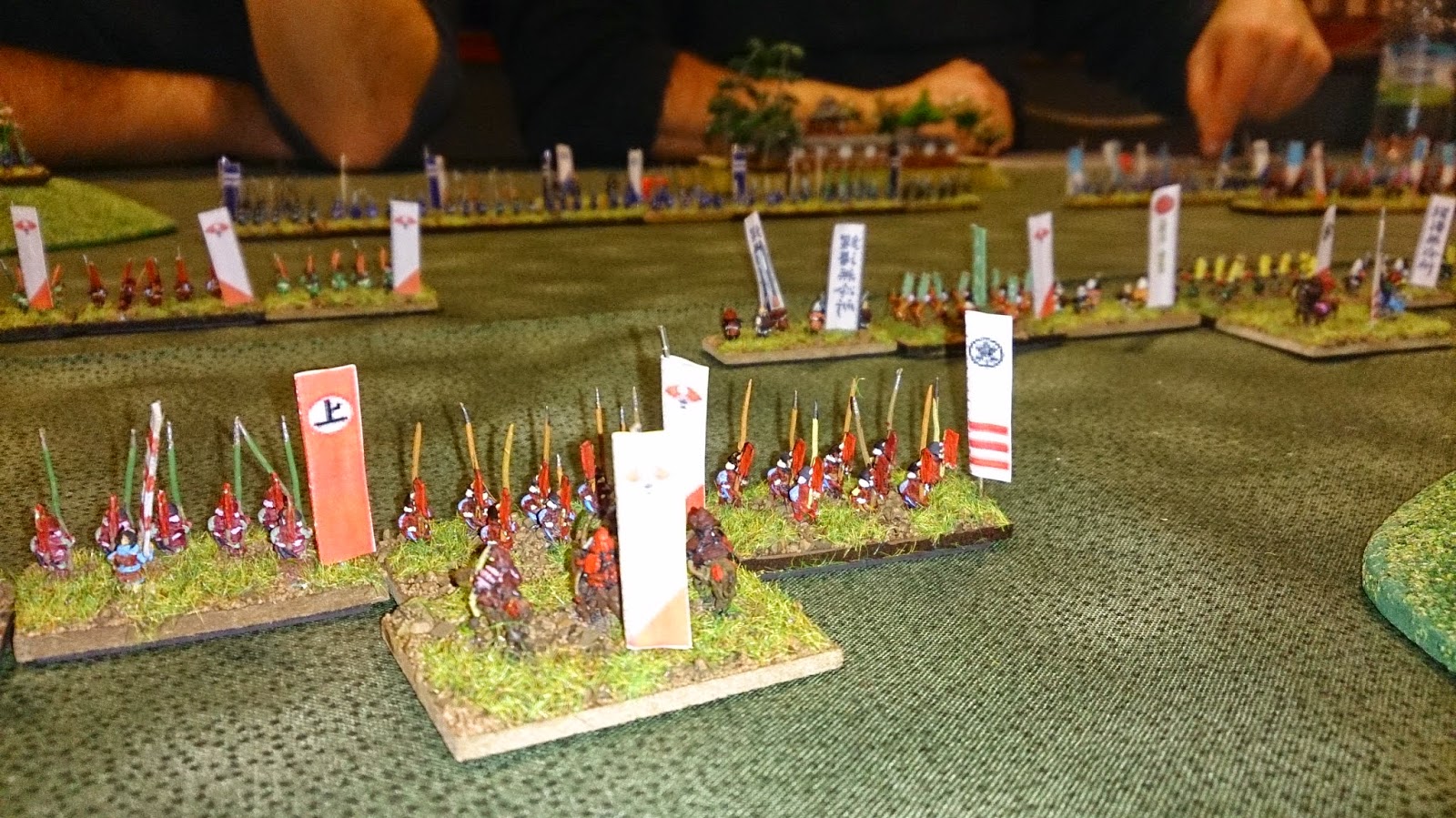Heavy Cavalry
| Gens D'armes |
Gen d'armes, gentleman pensioners, knights, men at arms are the traditional shock component of all European armies of this period. Privelaged in society and paid for directly by the King they are also the most dependable. Fully armoured, including their horses, they depend on the lance for shock but will have a sword and mace for the melee. French gend'armes charge "En Haye" or in line with the intention to overwhelm their adversary in the initial charge. German men at arms tended to attack in deeper more disciplined formations with the intention of maintaining cohesion beyond the initial charge.
In addition, knights would have attached followers that would fight in second line units. These retainers, coustilliers, archers etc would not be as heavily armoured and could be used for scouting and skirmishing duties but more often fought on the battlefield in the same way as their masters.
Light Cavalry
 |
| Stradiot |
This was a troop type that was beginning to become more important during this period. Mercenary bands in Italy formed units of mounted crossbow, and as the war progressed, mounted arquebus. The Venetians introduced Stradiots, mercenary renegades from the Balkans, well practised in hit and run warfare against the Ottomans, whilst the Spanish brought over Jinettes fresh from the conquest of Granada. Their role was raiding camps and baggage and protecting the flanks of armies. Unable to stand up against heavy cavalry they were often lethal against shaken and weakened opponents.
Pike armed infantry
 |
| Landsknechts |
During the preceding centuries, infantry was a poor auxiliary to the armoured knights in battle. Useful in sieges, they had a limited battlefield role. However, during the 14th Century the Swiss won a number of surprising victories through their disciplined use of the pike. At first they beat a number of German powers including the Emperor with halberds and bills, but with the development of a long pike they changed history by destroying the nascent power of Burgundy. Machiavelli referred to them as the new Roman legions, and unlike previous attempts at infantry pike formations (Scottish schiltrons and Flemish pike) they were able to rapidly move across a battlefield and upset an enemies organisation. Operating like a trade union, "No silver, no Swiss" was their motto, and an army that was able to secure their services was at a distinct advantage. As it was the French who usually secured their services, the Emperor raised his own Swiss style formations, the Landsknechts (no-one knows were the name comes from!). The Landsknechts had a reputation almost as high (or as low!) as the Swiss and fought for virtually every army of the period. However, the two contending pike formations hated each other and always attempted to anihilate their competitors.
Both Swiss and Landsknechts fought in a similar manner, employing deep formations with their best armoured troops to the fore, using impetus to overthrow their enemies. The hedgelike pikes warded off heavy cavalry and attached halberdiers or two handed sword men could leap out and despatch an enemy once they were shaken. However, a shaken pike phalanx was extremely vulnerable and once the cohesion and discipline was lost they were easy prey for melee cavalry or infantry like the sword and buckler armed Spanish.
Firepower Infantry
| Arquebus |
This period is most often associated with the rise of arquebus armed infantry, however the crossbow remained prevalent, especially in the French army until about 1525. Whether one army had more arquebus or crossbow was due to weapon availability and circumstance. For example the Spanish were the most famous exponents of the arquebus because they had just won a war reconquering southern Spain which had involved innumerable sieges and the arquebus was used as a light artillery in attack and defence of walled towns. Hence, when the Spanish arrived in Italy during the 1490's this was a troop type that was readily available and the Spanish had to find a use for these veterans. Therefore, most Spanish battles involve field defences which replicate the battle conditions of a siege and allow them to use their arquebus at an advantage to the French Gend'armes.
| Crossbow |
Without field defences, firepower infantry were very vulnerable to cavalry, and so during this period there is a continuing tactical development of linking these infantry with pike formations. The Spanish Tercio is the ultimate outcome and dominates infantry tactics after our period right up unitl the 30 years war.
Melee Infantry
 |
| Sword and Buckler |
Melee infantry were usually a speciality of sieges as they are very vulnerable to cavalry on the battlefield. However, the Venetians employed large numbers to make up for their lack of pike formations. The Spanish developed short sword wielding infantry based on classical Roman history which they employed to dive under pikes formations chopping away at unarmoured legs!
Artillery
 |
| Artillery |
The Italian wars began with the shock invasion of Italy by the French. They had successfully developed a technological lead during the expulsion of the English from France at the end of the 100 years war and had amalgamated the latest advances made by the late Dukes of Burgundy after the absorption of their defunct state. In one campaign in 1495, the French army had smashed its way through the city states of Italy, demolishing the medieval fortifications with impunity. The rest of the war was an arms race to develop better artillery or fortifications, and it is for this reason that more battles are fought in this period than during previous wars as neither side could rely on castle walls to hold a province. The French were always adept at providing heavy artillery on the battlefield, but many others invested heavily in this armament, including Henry VIII for his navy and mercenary specialists like the Duke of Ferrara. Better casting, and just as important, better powder facilitated this development until the new fortifications of the "trace italienne" reasserted the dominance of the defence over the offence.
| Trace Italienne |



































































